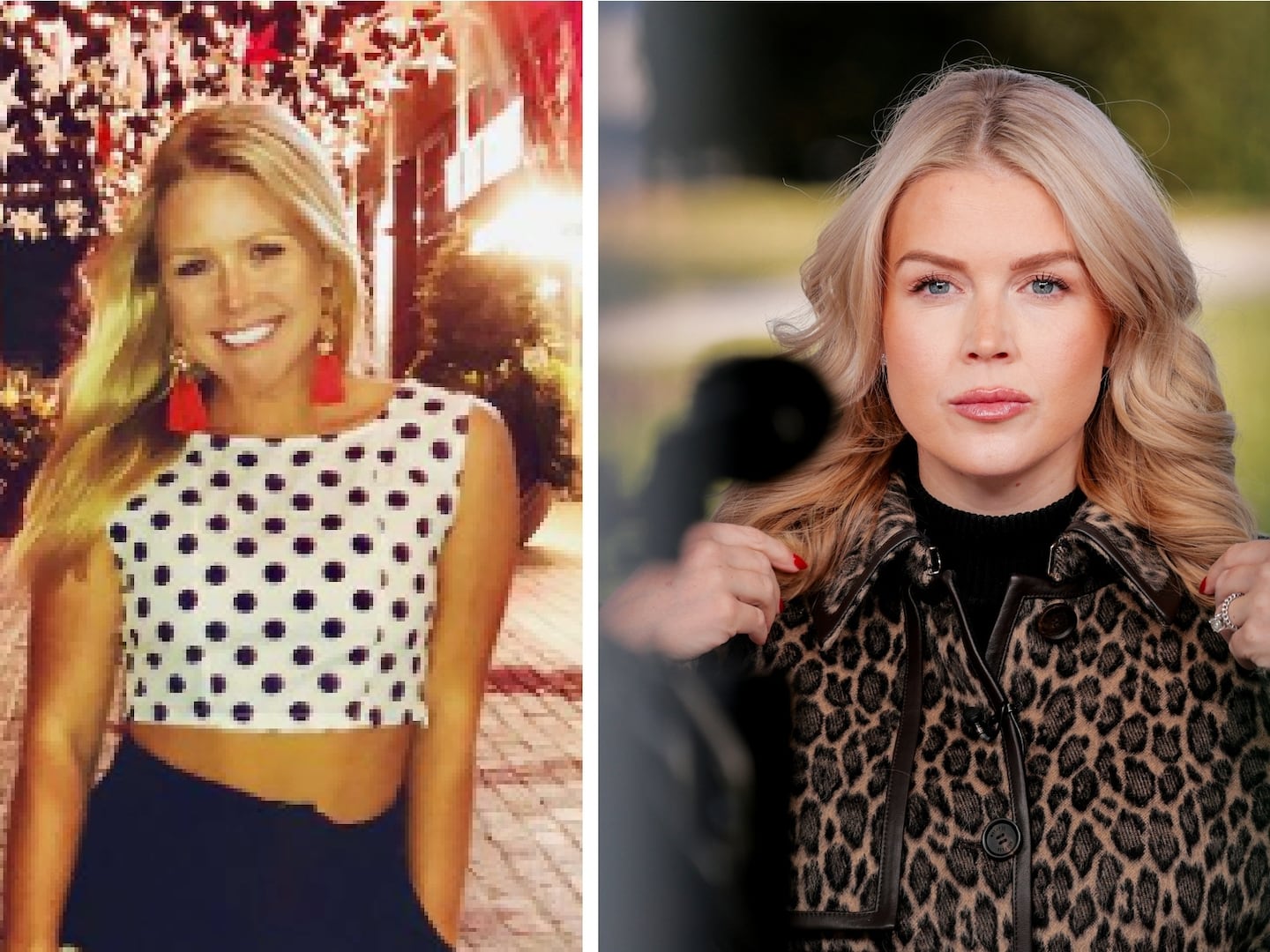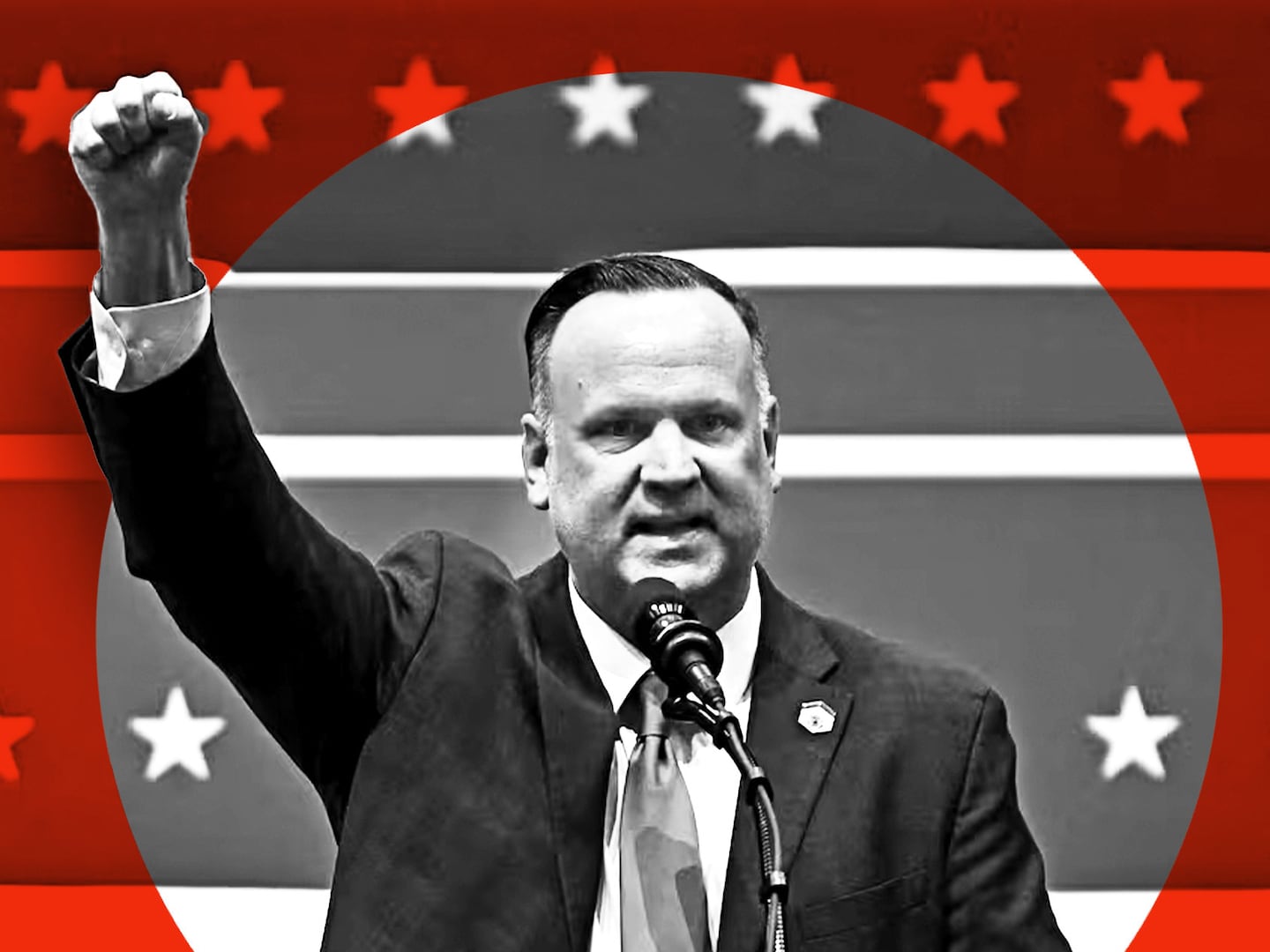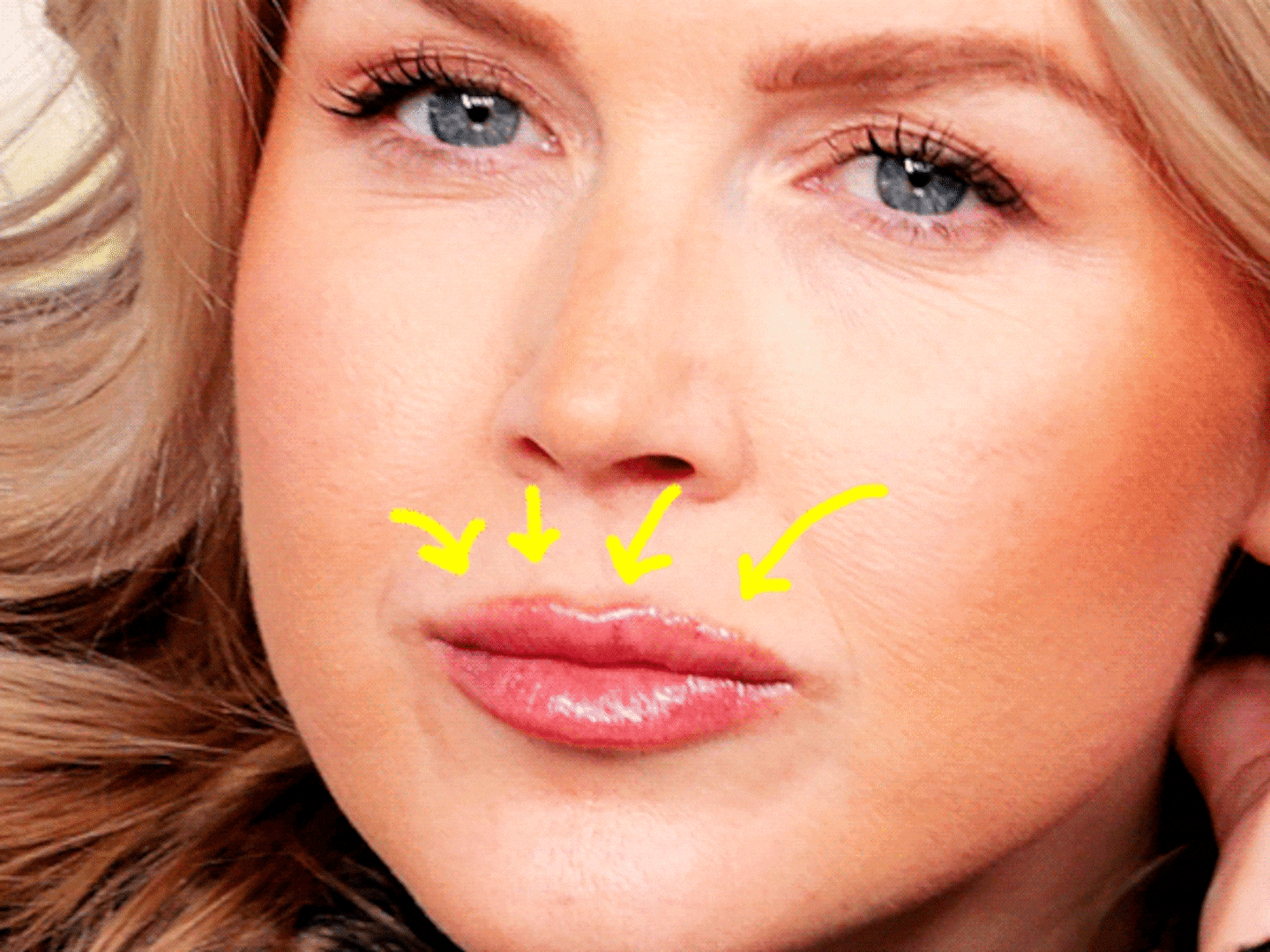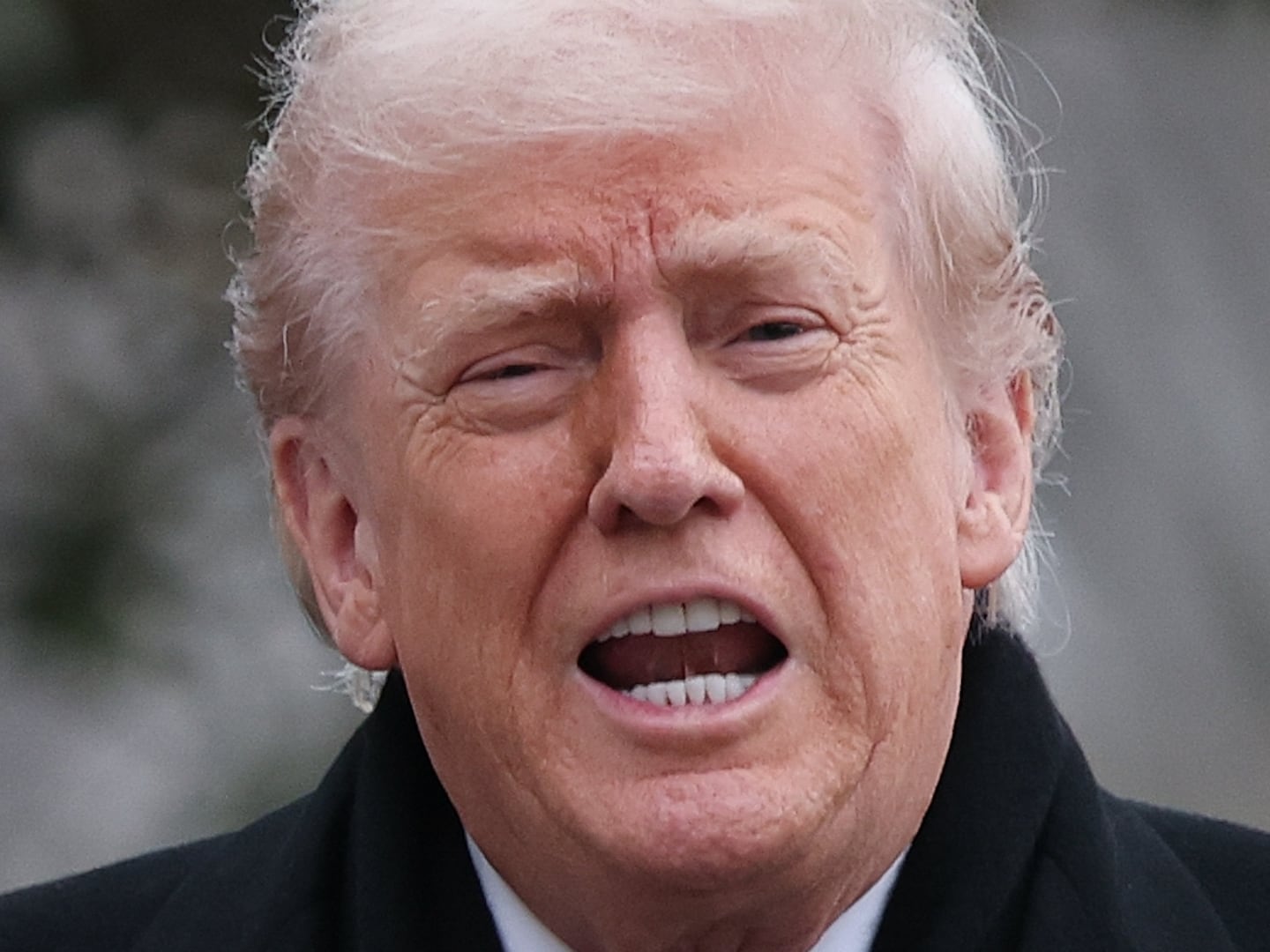Arguably the greatest two hours of television aired on June 10, 1991, when ABC broadcast the finale to Twin Peaks’ second season—and, as it turned out, to the series as a whole. Having lost a hefty chunk of its viewership after revealing the culprit behind its initial mystery (Who Killed Laura Palmer?) and meandering through a subsequent narrative involving dull psychopath Windom Earle (Kenneth Walsh), the show closed out its run with a peerlessly surreal, convention-defying masterpiece courtesy of its co-creator, David Lynch. Back at the helm following a lengthy absence, Lynch thrust the show into a morass of dark, delirious, surrealistic madness, roundly dispatching with Earle and, at hallucinogenic fever dream’s end, having his protagonist, do-gooder FBI special agent Dale Cooper (Kyle MacLachlan), become possessed by demonic evil. It was a cliffhanger send-off of astounding, perplexing terror and insanity—and, in the process, it paved the way for our current era of auteur-driven “prestige TV.”
No surprise, then, that Twin Peaks is being revived by Lynch and co-creator Mark Frost, who’ve assembled most of the original cast for an 18-episode reboot, directed entirely by Lynch, premiering on Showtime beginning May 21. It’s a perfectly timed resurrection, given that the airwaves are now awash in shows that are spiritually, if not literally, indebted to Lynch’s TV masterpiece. From their visual daring, to their serialized whodunit narratives, to their distinctive directorial signatures, to their sprawling all-star casts, acclaimed series as varied as The Killing, The Knick, Mad Men, Fargo, Mr. Robot, and Breaking Bad all owe a debt to Twin Peaks, which illustrated the immense benefits of—and, to be fair, also the drawbacks to—giving visionary storytellers free reign to create an expansive small-screen world in which to operate.
At its best, Twin Peaks was like Days of Our Lives as filtered through a bad acid trip, and its trailblazing idiosyncrasy emerged immediately, with its two-hour pilot on Sunday, April 8, 1990. That debut focused on the discovery of the corpse of local teen Laura Palmer (Sheryl Lee), and the start of an investigation carried out by Cooper alongside Twin Peaks sheriff Harry S. Truman (Michael Ontkean). Introducing a raft of wackadoo characters and their intertwined relationships, and full of sadistic murder and deviant sexual undertones, it was part murder mystery, part soap opera, and part eerie waking dream. As a tale about the strangeness, and ugliness, lurking beneath the cheery facade of every day American life, it resonated as a successor to Lynch’s own 1986 noir thriller Blue Velvet. And it became an instant phenomenon, notching the 1989-1990 season’s highest ratings for a TV movie, and attracting a devoted fan base compelled to parse its every oddball encounter, weird symbolic gesture and Hardy Boys-ish twist.

If Twin Peaks managed to generate intense interest from the outset, it truly defined itself 11 days later, when it closed its third episode with Cooper taking a dreamy trip to a room (in what would later be known as The Black Lodge) with crimson curtains, a red zigzagging carpet, a leather couch and chair, and two ominous figures: Laura, and the diminutive, awkward-walking The Man From Another Place (Michael J. Anderson), both of whom spoke in a herky-jerky manner and articulated (overtly, and in whispers) further hints about the identity of Laura’s killer. Coupled with an earlier dream of a one-armed man and a stringy-haired madman known as Bob (Frank Silva), it was an episode unlike anything ever seen on television, a descent into subconscious craziness that was jaw-dropping and head-scratching in equal measure.
The rest of Season 1 would never quite match that apex, and its 22-episode follow-up run in 1990-1991 only occasionally got close, as in a debut featuring a spectral giant, the seventh-episode reveal of Laura’s killer, and the aforementioned, still incomparable series capper. All of those high watermark chapters were helmed by Lynch himself, whose imprint was so strong that its absence was, during the rambling middle section of the second season, all-too-noticeable. As such, Twin Peaks became something like a referendum on auteur-driven television—a nascent form that, it was clear, only genuinely thrived when its creator was in full control. To delegate stewardship was an exercise in futility; a show born from such a unique mind, and crafted in such an incomparable style, couldn’t sustain itself when handed over to collaborators—a notion suggested more recently by The Knick, whose vitality was directly attributable to the ever-present contributions of director Steven Soderbergh.
Twin Peaks, however, didn’t just prove the value of giving great cinematic artists the keys to the network (or, now, cable) kingdom; it also indicated that long-form narratives, rife with intricate mysteries and mythologies, and peppered with misdirections and clues, could create water-cooler hype and spawn fervent fan communities. With its manicured, off-kilter aesthetics, and its sudsy and oblique plotting, Twin Peaks was built for scrutiny and debate. It so teased viewers with sinister revelations to come that it practically begged to be dissected, scene by scene, frame by frame. Of course, die-hards’ ability to do so was considerably limited by the lack of an internet—making one fear the inevitable episode-recap onslaught set to greet the show’s return, which may diminish some of its cryptic power. Nonetheless, the original series’ determination to stoke heated conversation was key to its success, and a strategy expanded upon by everything from The X-Files and Lost to True Detective and The Leftovers, which were aided by a burgeoning online arena in which analysis could flourish.
There was, to be sure, another way Twin Peaks cast a shadow on all that followed. By not having a clearly mapped-out plan for concluding its mystery (and continuing on afterward), the show—like The X-Files and Lost—became a case example of what happens when creative architects set about working without a guiding blueprint. Between Lynch’s general disinterest in the resolution of Laura Palmer’s case (he always planned for it to be the hook for a more expansive tapestry), and the wayward course charted during its less-popular second season, the series demonstrated that no amount of goodwill, likeable characters or intriguing diversions could sustain a story proceeding without a clear idea of where it was headed.
It’s a lesson that’s since been heeded by many, such as Breaking Bad and Mad Men, which never overstayed their welcome. And it’s one also embraced by Lynch and Frost, whose revival will be a self-contained affair shot solely by Lynch—proof, perhaps, that Twin Peaks didn’t just influence many; it also learned a thing or two from its own mistakes.






